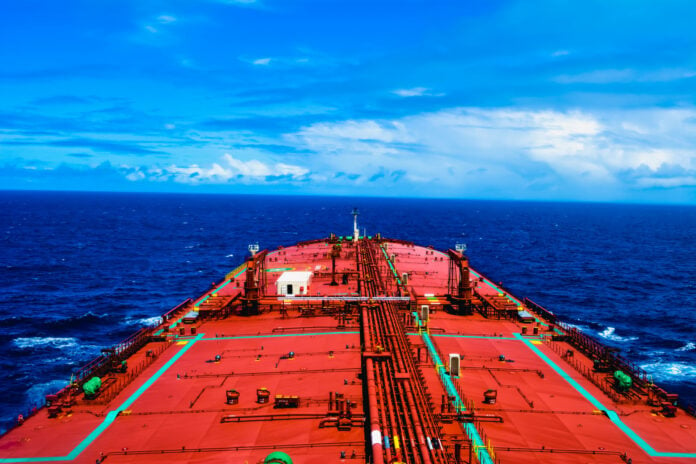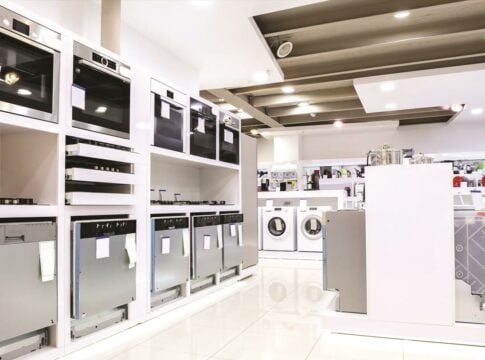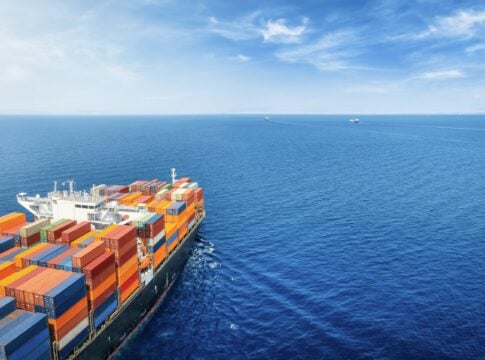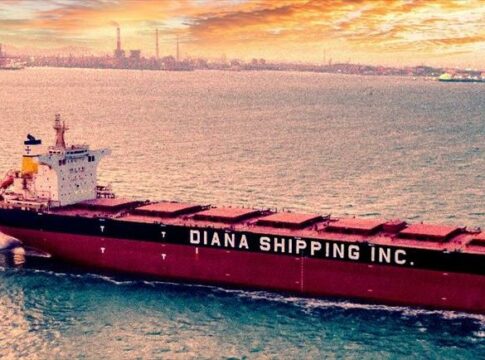The use of ammonia as marine fuel will become an important source of energy for the world’s shipping fleet within the next 30 years, analysts estimate.
According to the estimates of the Norwegian classifier DNV, shipping within this specific period of time is expected to have made its transition to alternative fuels with 50% being low and zero carbon emissions, where this particular fuel will prevail representing 35% of fuel mix, while 19% will be natural gas and 18% biomass.
According to the green technology division of the shipping company Clarksons, 191 ships on order are ready to use ammonia which means that the ships being built will allow their owners the option to use ammonia when the fuel becomes available.
This might lead, for example, to the construction of an LNG fueled container ship as well as fuel tanks built to facilitate conversion to use ammonia.
Some of the first ships expected to use ammonia as fuel are ammonia gas carriers.
These ships can use the cargo as fuel, minimizing their time in port, as no separate tanking process is required. In addition, their crews are familiar with the safe handling and transportation of this particular fuel.
70% of the ammonia that is widely traded globally and used in fertilizers is carbon-free, making it a promising alternative fuel.
The independent research and development center Maersk Mc-Kinney Moller for Zero Carbon Shipping, which seeks to accelerate shipping’s transition to a zero-carbon future, is working on multiple fronts to address the safe use of ammonia and limit risks to crew. This is done in cooperation with Lloyd’s Register.
According to research, exposure to ammonia fumes can be dangerous to human life, depending on the concentration levels of the vapors. This may mean limiting crew time in spaces containing ammonia equipment, installing sensors to detect leaks, and increased ventilation requirements.
5.5% with alternative fuels
A total of 5.5% of fleet capacity today can run on alternative fuels, up from 2.3% in 2017, according to Clarksons’ Green Technology Tracker survey, which estimates this will reach 6.5% until 2025.
Although orders for alternative fueled new ships have been slightly slower in 2023, 48% of the total order book capacity is now alternative fueled, compared with 11% in 2017. Methanol has been preferred this year with a 14% share of orders by tonnage compared to 22% for dual-fuel LNG, according to Clarksons figures.
The order book also has plenty of optionality built into it with 371 orders for ships to be able to use LNG alternatives as fuel, 191 orders to use ammonia alternatives, 130 orders to use methanol alternatives and 9 orders for “off-the-shelf” hydrogen.
Clarksons estimates that Energy Saving Technology (EST) has already been fitted to over 6,250 vessels, representing 27.3% of fleet capacity.














